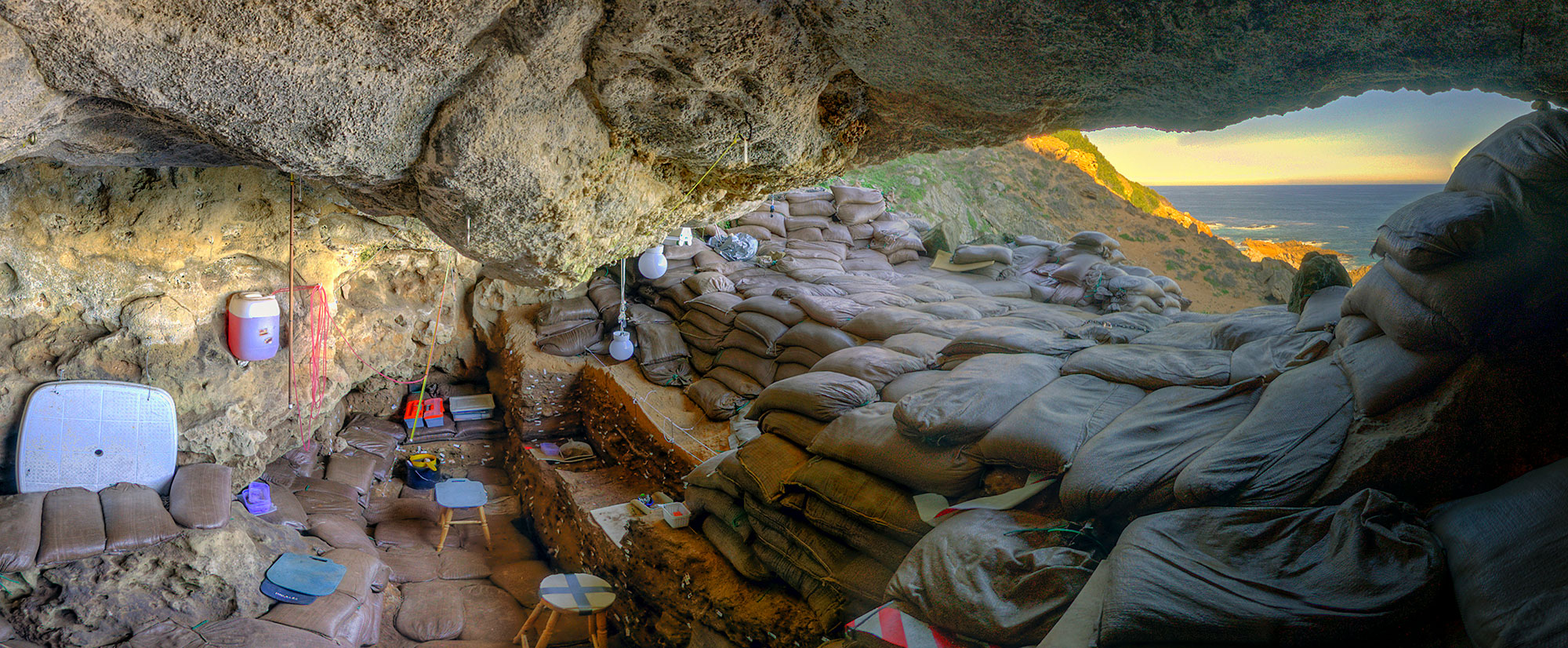URUMQI, CHINA—Xinhua reports that a large stone platform surrounded by polished stones has been discovered in northwest China at the Jartai Pass site, which dates to between 1600 and 1000 B.C. The stone platform measures nearly 1,300 square feet, and was built about one-half mile south of a 3,000-year-old residential area. Archaeologist Wang Yongqiang of the Xinjiang Uygur Cultural Relics and Archaeology Research Institute said stone walls, pottery, animal bones, stone artifacts, and ash mixed with blocks of coal were uncovered within the structure. “The new findings are very important to [the] study [of] the history of the Kax River basin in the Bronze Age,” Wang added. For more on archaeology in China, go to “Early Signs of Empire.”
Bronze Age Stone Platform Found in Northwest China
News March 21, 2019
Recommended Articles
Features November/December 2025
Oasis Makers of Arabia
Researchers are just beginning to understand how people thrived in the desert of Oman some 5,000 years ago
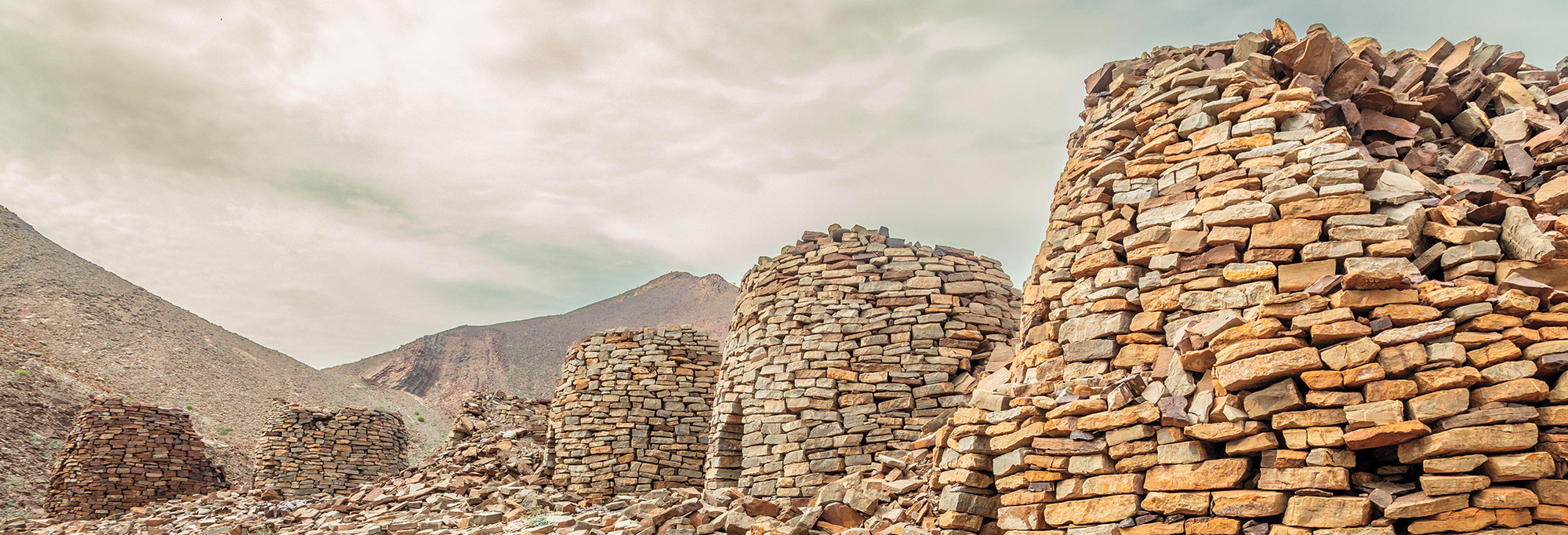
Off the Grid September/October 2025
Necropolis of Pantalica, Italy
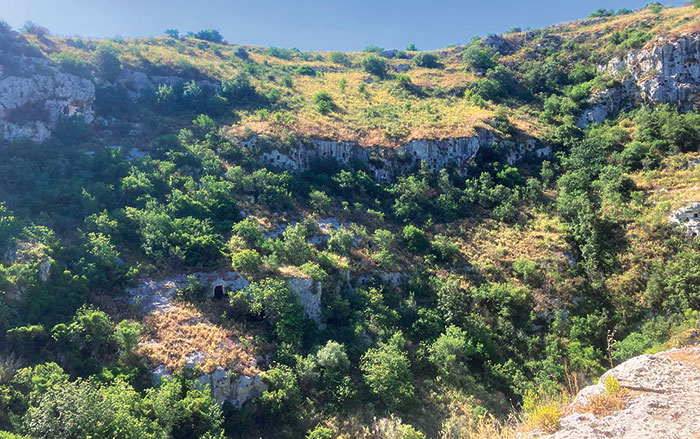
Digs & Discoveries March/April 2025
Ancient British Massacre
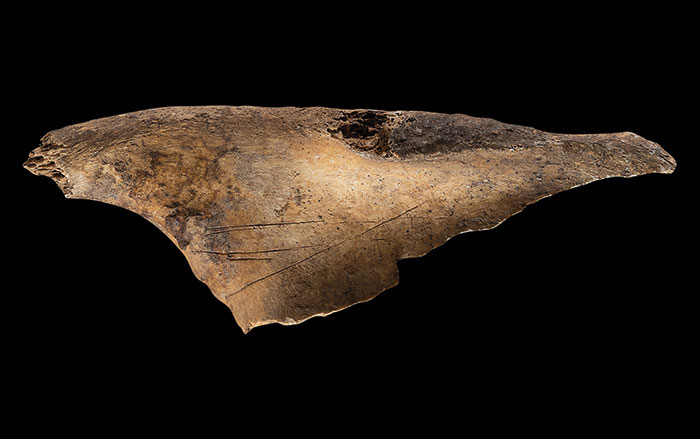
Letter from the Levant March/April 2025
On the Origin of the Pork Taboo
Exploring ancient people’s shifting beliefs about rearing and eating pigs
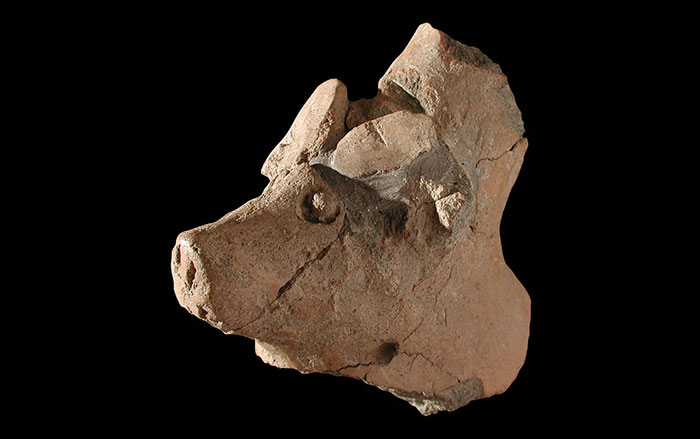
-
Features January/February 2019
A Dark Age Beacon
Long shrouded in Arthurian lore, an island off the coast of Cornwall may have been the remote stronghold of early British kings
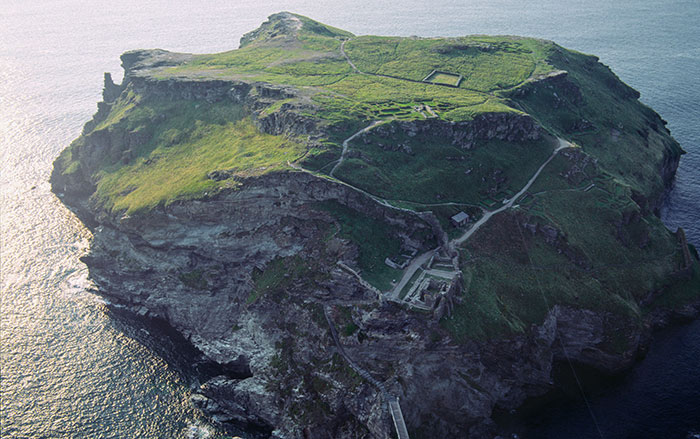 (Skyscan Photolibrary/Alamy Stock Photo)
(Skyscan Photolibrary/Alamy Stock Photo) -
Letter from Leiden January/February 2019
Of Cesspits and Sewers
Exploring the unlikely history of sanitation management in medieval Holland
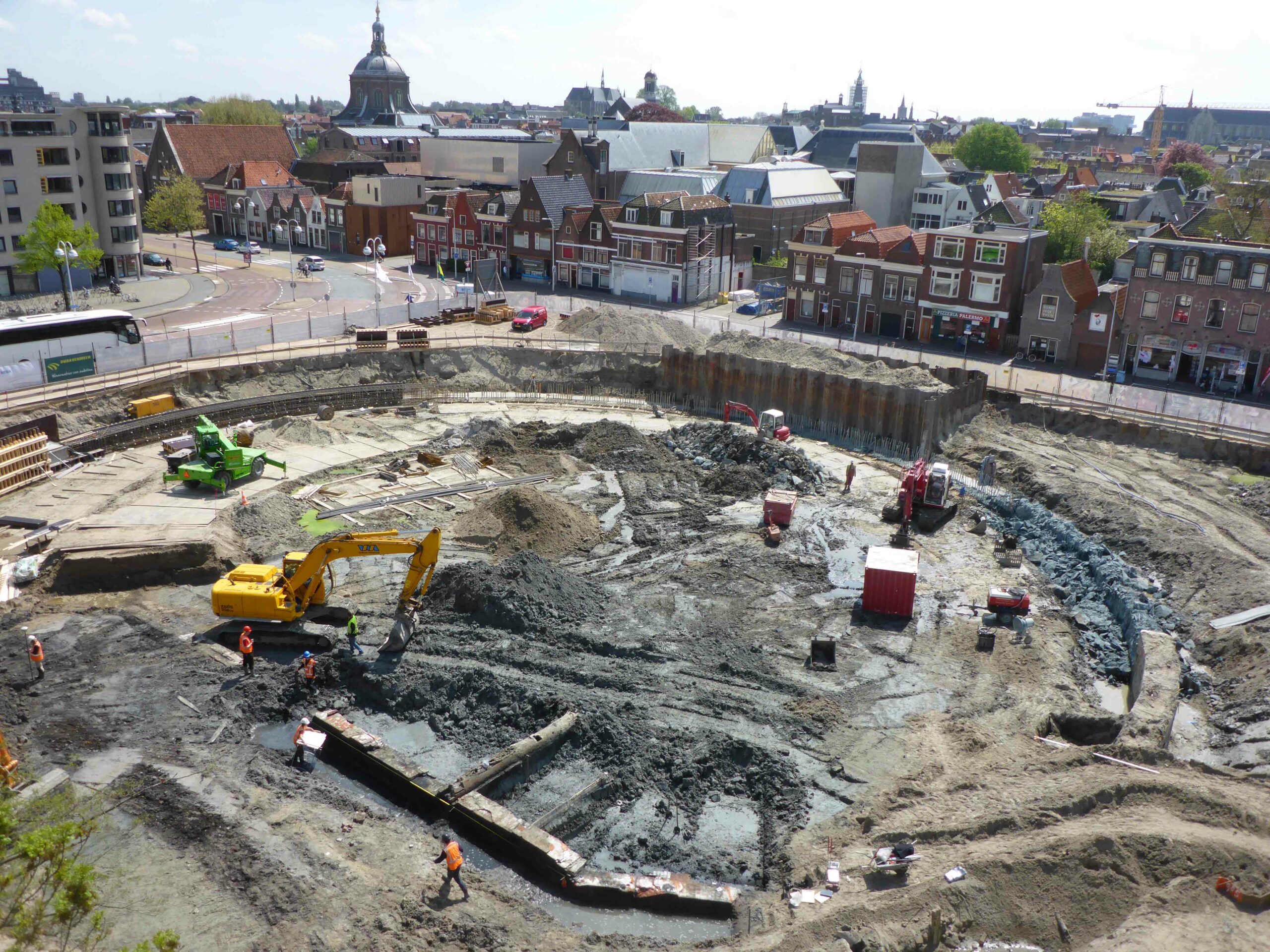 (Photo by BAAC Archeologie en Bouwhistorie)
(Photo by BAAC Archeologie en Bouwhistorie) -
Artifacts January/February 2019
Neo-Hittite Ivory Plaque
 (Copyright MAIAO, Sapienza University of Rome/Photo by Roberto Ceccacci)
(Copyright MAIAO, Sapienza University of Rome/Photo by Roberto Ceccacci) -
Digs & Discoveries January/February 2019
The Case of the Stolen Sumerian Antiquities
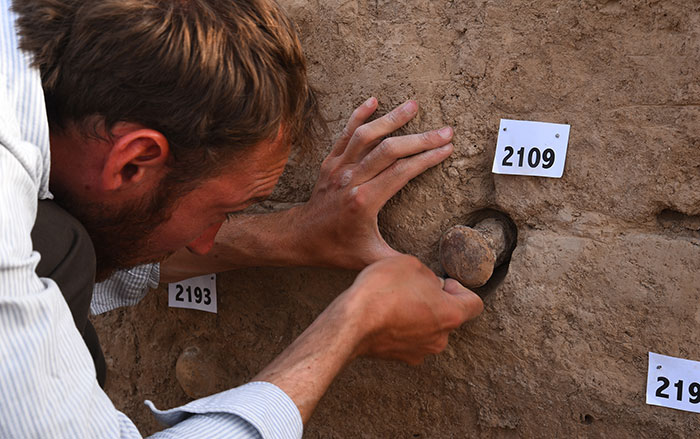 (© Trustees of the British Museum)
(© Trustees of the British Museum)


